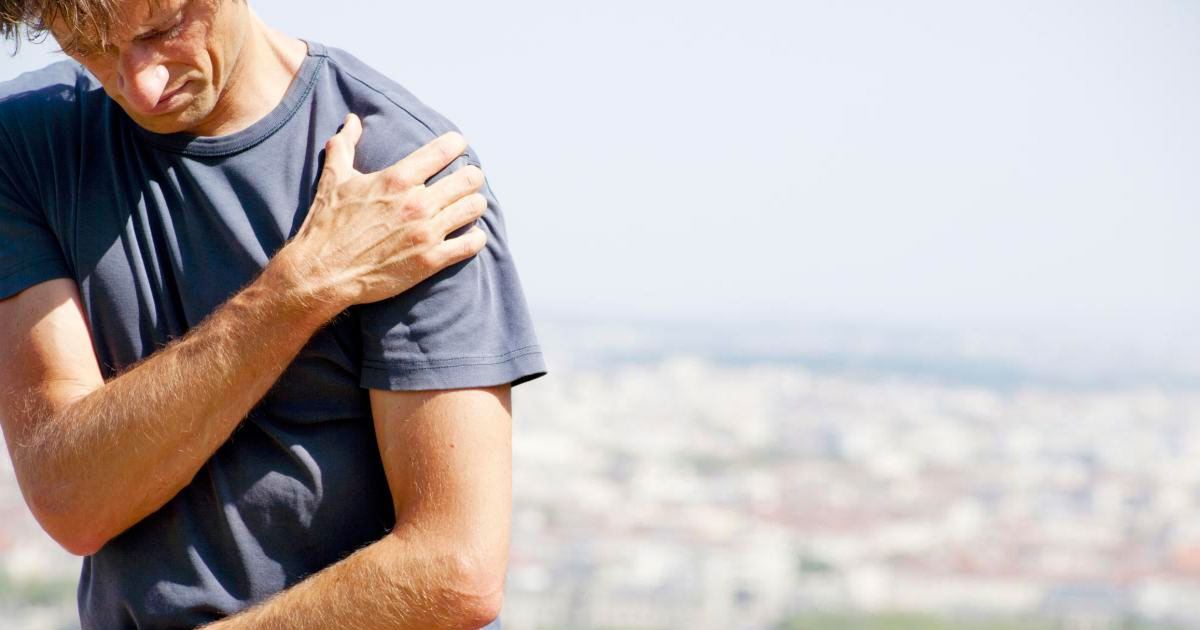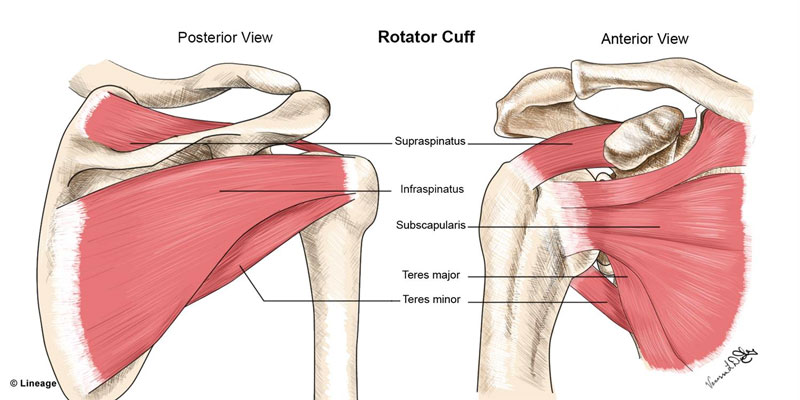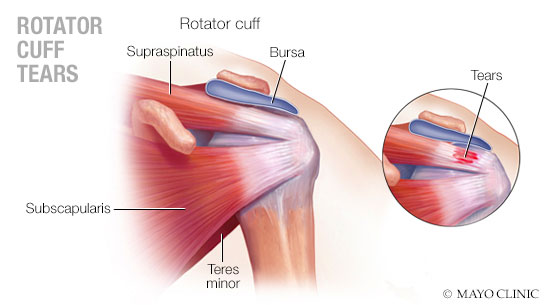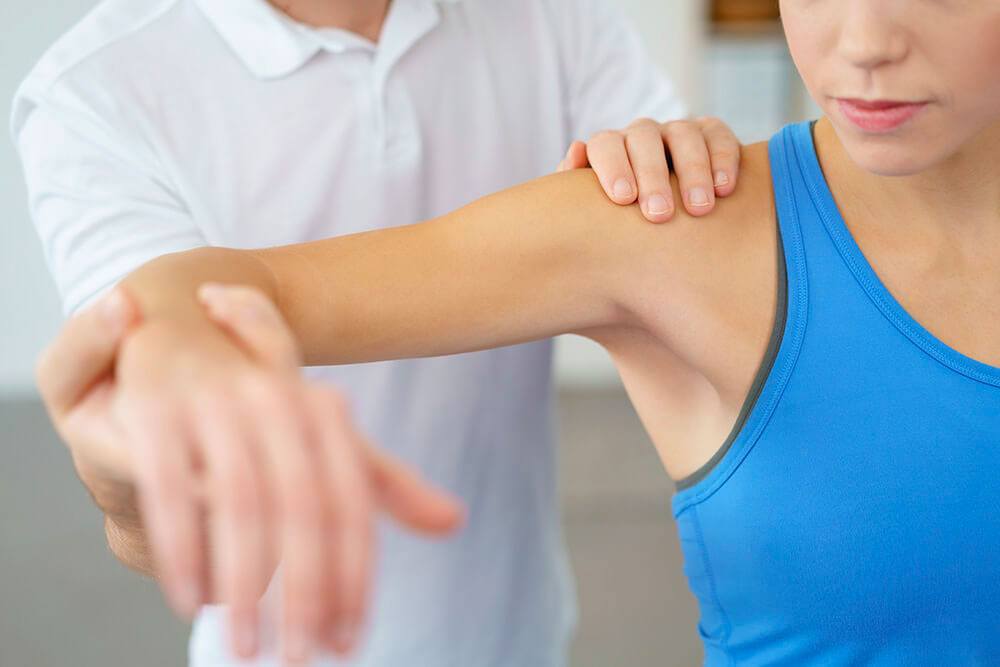
Rotator Cuff Tendinopathy
Rotator cuff tendinopathy, also known as tendinitis or tendinosis, is an extremely common cause of shoulder pain. In the overall population, rotator cuff tendinopathy affects approximately 30% of all people(1) , but is more prevalent in those who participate in repetitive overhead activities. This can include overhead sports (e.g. tennis, volleyball, and gymnastics) but also labour-intensive professions such as electricians, painters and carpenters. Incidence of rotator cuff tendinopathy also dramatically increases with age, with the condition affecting 9.7% of those under 20years old but a enormous 62% of those over the age of 80(2) .
However, to first understand what rotator cuff tendinopathy is, we must understand what the rotator cuff means.

The Rotator Cuff
The rotator cuff is a group of 4 distinct muscles which help to stabilise the ball-socket joint of the shoulder during movement. Each attaches from the shoulder blade to the head of the humerus, encapsulating the shoulder joint. These muscles include the supraspinatus, infraspinatus, teres minor and subscapularis.
Any time we move our shoulder, these muscles synergistically contract to keep the ball (i.e. the humeral head) centred in the socket (on the corner of the shoulder blade). As such, those with rotator cuff tendinopathy will experience increased pain in elevated arm positions and in shoulder strength testing, as this is when the rotator cuff muscles work harder to stabilise the shoulder.

How does Rotator Cuff Tendinopathy occur?
Specifically, a rotator cuff tendinopathy refers to when the tendons of the rotator cuff muscles become overloaded. This occurs when there is excessive and repetitive load placed on the shoulder muscles, particularly in overhead positions. Initially, this increased load can cause irritation of the muscle tendons, but if allowed to progress, can advance into micro-tearing and break-down of tendon tissue.
Furthermore, when evaluating what the specific factors contributing to a person’s tendinopathy, we must consider the biomechanics of the entire shoulder region. Often the rotator cuff can become overworked because it is compensating for weakness or inflexibility elsewhere in the kinetic chain, such as between the shoulder blade and the ribcage or the upper back. In this way, the rotator cuff muscles may always be working from a point of mechanical disadvantage.
Accordingly, for the best result treatment of rotator cuff tendinopathy required an individualised rehab program. Both to strengthening the rotator cuff but also to address any factors contributing to pain.

References
1. Abat F, Alfredson H, Cucchiarini M, Madry H, Marmotti A, Mouton C, Oliveira JM, Pereira H, Peretti GM, Romero-Rodriguez D, Spang C, Stephen J, van Bergen CJA, de Girolamo L. Current trends in tendinopathy: consensus of the ESSKA basic science committee. Part I: biology, biomechanics, anatomy and an exercise-based approach. J Exp Orthop. 2017 Dec;4(1):18. doi: 10.1186/s40634-017-0092-6. Epub 2017 May 30. Review. PubMed PMID: 28560707; PubMed Central PMCID: PMC5449348.
2. Silverstein BA, Viikari-Juntura E, Fan ZJ, Bonauto DK, Bao S, Smith C. Natural course of nontraumatic rotator cuff tendinitis and shoulder symptoms in a working population. Scand J Work Environ Health. 2006 Apr;32(2):99-108. PubMed PMID: 16680380.